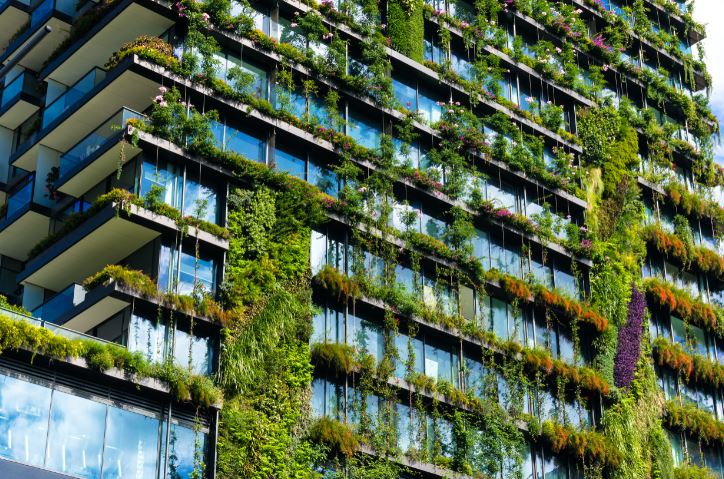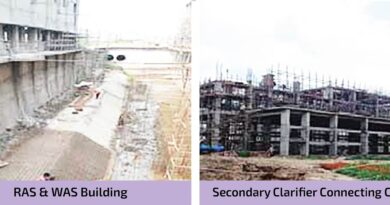Building a better future – The need for sustainable and climate-friendly solutions in architecture

The architecture of the future must be climate-conscious and earth-appreciative yet we hear about this consistent ‘truism’ that more than 70% of the buildings of 2050 have not been made yet. This not only puts us behind schedule but also increases the burden on earth with each passing minute creating an urgent need to ensure that these buildings of the future are designed and meet specifications of a superior level when it comes to sustainability and the health of our planet.

With eco-friendly architecture projects taking the lead in many places, the future architecture needs to be tech-savvy, and innovative and combat the climate challenges without further harming the planet. Linked to this especially, is the cooling challenge that confronts countries like India. As the climate heats up, the South Asian region is likely to face much warmer temperatures, disproportionately so, when compared to the rest of the world. According to the consensus view of scientists, for India, cooling will be a matter of life and death focusing not only on artificial indoor cooling but also adopting and adapting to measures that nurture nature as well.
This means we must ensure the cooling of habitats without the same high cost of cooling as it exists now because left unchanged, future cooling requirements are likely to take up between 50-70% of fresh energy demand. Thus, getting these measures right will be instrumental in ensuring our overall climate targets.
Building a Better Future is no easy feat the profound impact buildings can have on the quality of people’s lives and the crucial role buildings can play in tackling climate change is reason enough to work towards building a better tomorrow. Here are a few measures already in place –
- Advancing Net Zero :
Planning infrastructure that combats climate change must be a global, comprehensive effort. Our existing urbanization blueprints are not equipped to tackle the perilous effects of global warming. Going forward, the infrastructures must take into account the rising sea levels, increasing temperatures, endangered land species etc. The idea is to move forward in harmony with nature and decarbonize as much as possible. This gives impetus to the growth of Net Zero Energy Buildings i.e. infrastructure that runs on extremely low energy. NZEB infrastructure is built with energy-efficient technologies and renewable sources of energy that reduce the overall pressure that our current high rise buildings put on our resources.
- Technological advancements :
There has been a parading shift in the application of green architecture. Augmentation of IoT, technological advancements and innovative material handling techniques such as glass made from wood give a plethora of opportunities to visionaries and innovators to explore the green sector. Tech-based solutions such as a UVGI (Ultra Violet Germicidal Irradiation) System can be installed in Air Handling Units to overcome the usual problems encountered with Air conditioning Systems, commissioned without any UVGI.
Implementation of Thermal Energy storage system can help reduce building’s environmental impact in terms of saving energy, facilitating renewable energy, reducing greenhouse gases and delaying or eliminating the need for more fossil fuel power plants. A thermal storage, when implemented into the cooling system of a building helps in reducing the peak demand and energy consumption. This system can thus contribute significantly to the overall economy.
- Regenerative buildings :
Besides working on sustainably designed buildings, the monumental climate change that we are witnessing today has pushed us to mould existing buildings in a way that reverses damage and has a net-positive impact on the environment. Regenerative design is all about thinking out of the box.
Innovative designs such as Green Roofs & Skins helps clean the ambient air and sequester carbon. Techniques such as rainwater harvesting, and on-site water treatment results in long-term resource savings.
In the current deteriorating situation, the need to save our climate must be given priority. One of the key components of this is the construction sector and its drive to work towards environmentally sound building practices.




